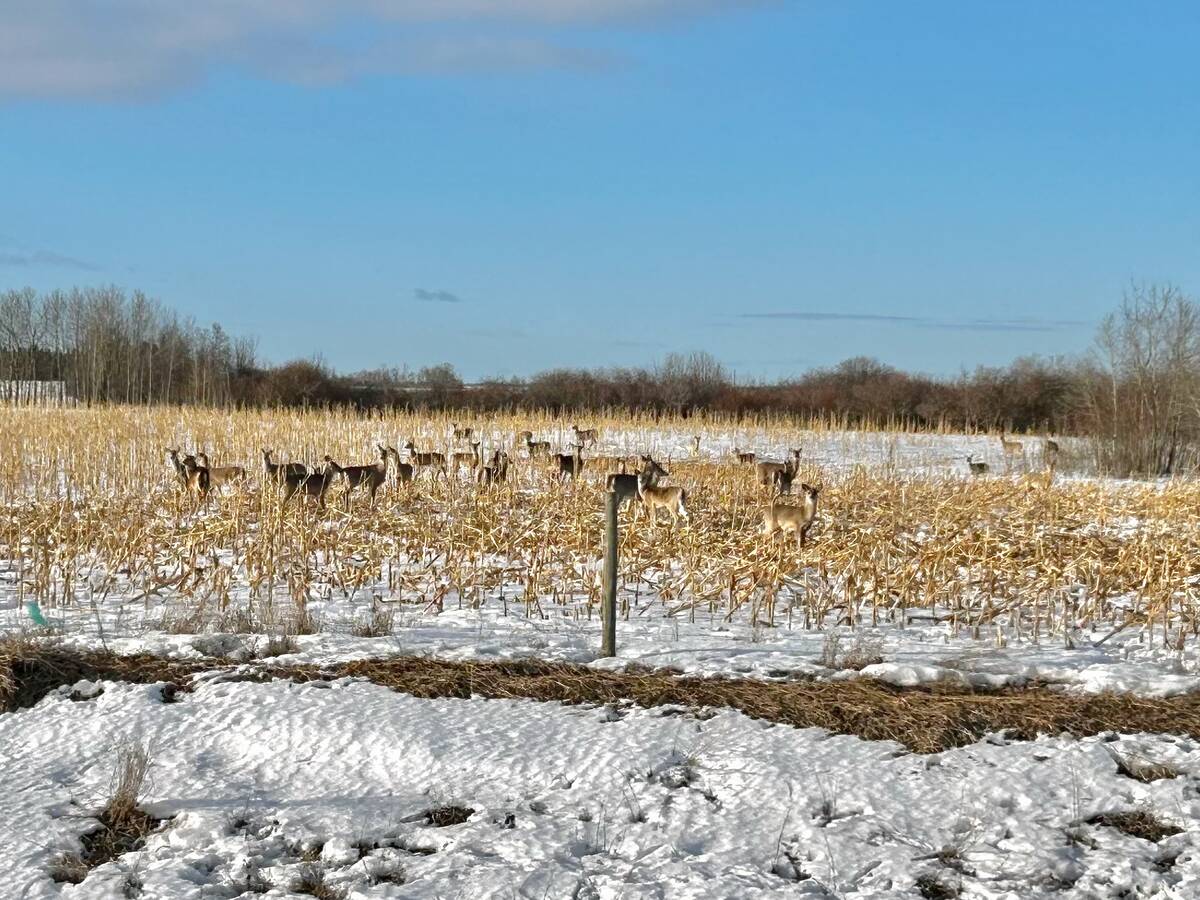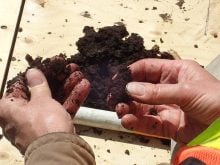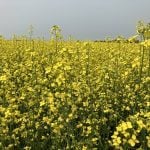Glacier FarmMedia – Last year was the most expensive crop to ever be planted on the Prairies.
In 2024, farmers will spend less on fertilizer, diesel and other inputs, but costs are only marginally lower, said Darren Bond, a farm management specialist with Manitoba Agriculture,
“The crop this year … the cost of putting in this crop has only retreated slightly,” he said. “It’s going to be our second most expensive crop [ever] to put in.”
Read Also

Manitoba launches CWD tracking tool
A newly launched digital dashboard allows hunters to track where chronic wasting disease has been confirmed in Manitoba
Analysts expect a return to tighter margins for grain producers in 2024.
Bond pointed to data from the Manitoba Agriculture 2024 Cost of Production guide for crops. The resource contains detailed estimates for target prices, target yields, fixed costs (land, machinery) and operating costs such as seed, pesticides and labour.
Costs have declined, especially for fertilizer, but the math shows the drop in commodity prices over the last 12 months for wheat, canola and other crops could hammer the per-acre revenue in 2024.
Using canola as an example, prices were above $19 per bushel last January and are now less than $15. Urea was at $1,150 per tonne in fall 2022 and $810 per tonne this fall.
For a 45-bu. canola crop, the decline in revenue is about $184 per acre. For 120 pounds of urea and 40 lb. of phosphorus per acre, the savings are only $50 per acre.
In this scenario, canola growers are expected to lose $134 per acre in revenue compared to 2023.
“The gross revenue got mowed down, where the fertilizer pricing is only shaved down,” Bond said.
Almost every crop was profitable in 2023, according to cost of production guide numbers. This year, with average yields, most cereal crops are projected to have negative returns, including small losses for spring wheat and corn.
Canola and soybeans are in the black, but not by much. The guide projects a return on investment of 5.1 per cent for canola and 7.27 per cent for soybeans.

Caveats
Crop production estimates are based on fixed costs of $190-$200 per acre. If a farmer owns most of their land and doesn’t have massive payments on equipment, the math is more hopeful.
Plus, the target yields are averages for the province. If a grower has a history of exceeding the average for a particular crop, positive returns are more likely.
“I think it’s important to reach maximum yield in years like this,” Bond said.
He emphasized that growers must adjust management practice to achieve net positive returns this year. “Equipment and fertilizer are the two areas we need to focus … our management, to wring some profit out of 2024.”
But some producers are more worried about price and risk management.
Rick Rutherford, who farms north of Winnipeg near Gross Isle, has been watching the decline in crop prices this winter.
“Our markets are in a bit of a freefall…. Commodity prices since [autumn] have dropped by over 20 per cent…. It’s got more to do with how [prices] play out in the next three to four months,” he said.
“The cost [of production] … isn’t what we’re worried about. It seems to be fairly stable or even softening a little bit for fertilizer.”
Rutherford tries to stick with a crop rotation. He doesn’t want to shift acres because one crop looks slightly more profitable than another. Instead, he’s mulling when and how to price the 2024 crop.
“This is where my mind is going…. What are we going to get paid for this?” he said, adding that contracting production has been fairly slow this winter, at least in his region.
“There really hasn’t been a lot of offers … [or] nothing has been attractive.”
Shopping around for the best price is critical, and it’s another way to manage risk.
What’s clear is that crop prices are at early 2021 levels, but input costs are much higher than in 2021. The risk to growers is going “through the roof,” Bond said.
“Last year, we were talking about an expensive crop, but there was margin there. Now we’re into a slightly less expensive crop … and the margins are shrinking.”
He urged growers to be cautious.
“Don’t party likes it’s 2022. … We’re returning to what looks like historically tighter margins.
















